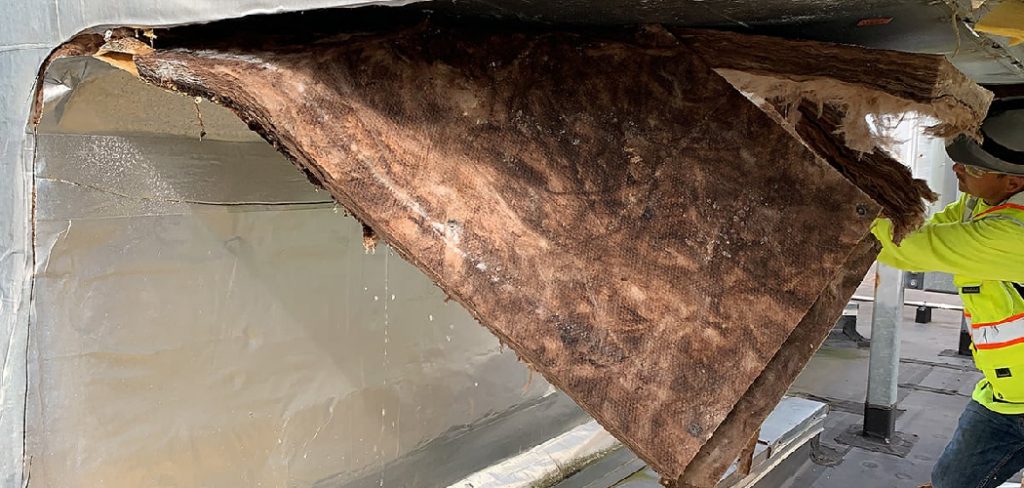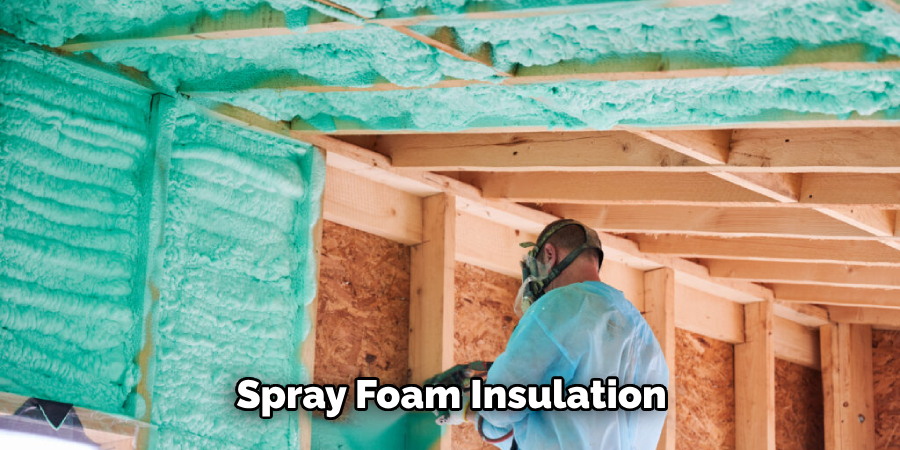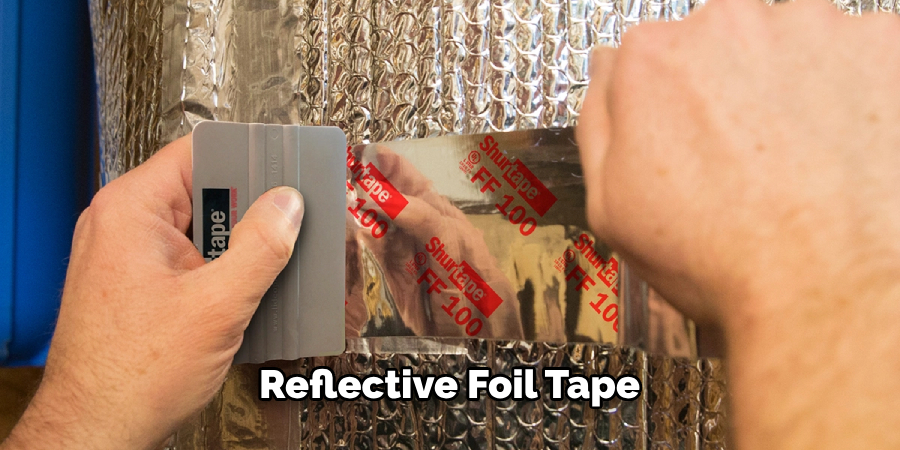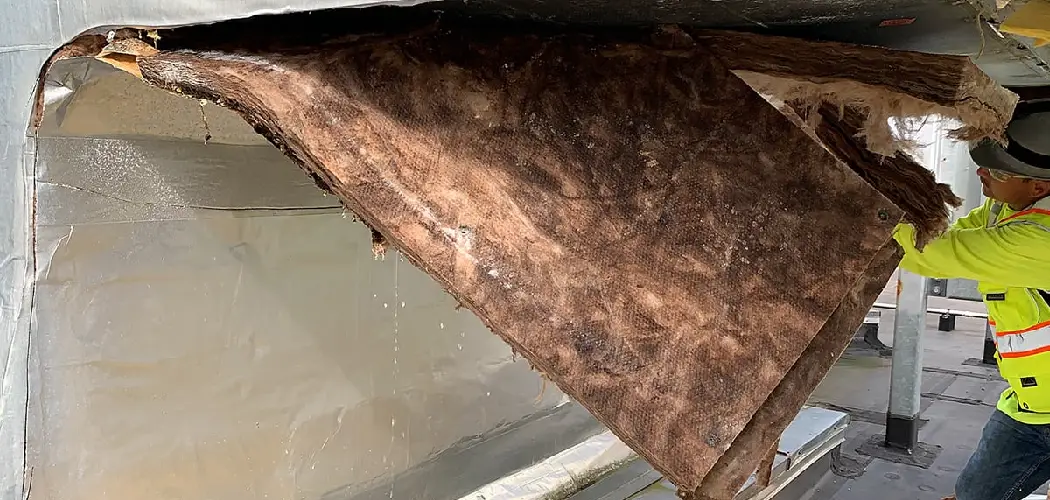Effective insulation is a cornerstone of energy efficiency in any home, and when it comes to optimizing heating and cooling systems, insulating ductwork in the basement becomes a critical task.

The basement serves as a hub for many essential home utilities, including the HVAC system, making it imperative to regulate the temperature and reduce energy loss through well-insulated ducts. In this comprehensive guide, we explore how to insulate ductwork in basement.
From selecting the right insulation materials to ensuring proper installation techniques, homeowners can significantly enhance the performance of their heating and cooling systems while simultaneously lowering energy bills.
By addressing this often-overlooked aspect of home maintenance, individuals can create a more comfortable and energy-efficient living environment, fostering both cost savings and a reduced carbon footprint.
Locating and Accessing Ductwork in the Basement
Before you can start insulating your ductwork in the basement, it is important to locate and access it. Depending on the layout of your basement, this may be a simple or more complicated process.
Start by accessing any crawl spaces or unfinished areas of your basement. Look for exposed pipes or vents that lead to the rest of your home. This will give you an idea of where the ductwork may be located.
Next, check your basement ceiling for visible vents or registers. These are usually rectangular in shape and can typically be found near walls or in the center of the room. This will help you determine the general location of your ductwork.
If you are unable to locate any exposed ductwork, you may need to access your basement’s drop ceiling or remove panels from your walls to check for hidden ductwork.
Once you have located and accessed the ductwork in your basement, it is important to properly prepare before insulating. This includes cleaning any debris or dust from the surface of the ducts, as well as sealing any visible gaps or leaks with HVAC-approved foil tape.
You may also want to consider adding a layer of insulation around any exposed pipes or vents in your basement. This will help prevent them from freezing during colder months.
10 Methods How to Insulate Ductwork in Basement
1. Spray Foam Insulation
Spray foam insulation is one of the most effective ways to insulate ductwork in a basement. This type of insulation is applied as a liquid and then expands to fill any gaps or cracks in the ductwork.

It forms an airtight seal that helps to prevent heat loss and reduce energy costs. Additionally, spray foam insulation is easy to install and can last for many years with minimal maintenance.
2. Fiberglass Batt Insulation
Fiberglass batt insulation is another popular option for insulating ductwork in a basement. This type of insulation comes in large rolls that are installed between the studs of the walls surrounding the ductwork.
The fiberglass material helps to trap heat inside the ducts, preventing it from escaping into the rest of the home. It also helps to reduce noise levels from the HVAC system and can be easily cut to fit into tight spaces.
3. Rigid Foam Board Insulation
Rigid foam board insulation is another great option for insulating ductwork in a basement. This type of insulation comes in large sheets that are cut to fit around the edges of the ducts, creating an airtight seal that prevents heat loss and reduces energy costs. It also helps to reduce noise levels from the HVAC system and can be easily cut to fit into tight spaces as well.
4. Reflective Foil Tape
Reflective foil tape is another great way to insulate ductwork in a basement. This type of tape is made from a reflective material that reflects heat back into the airduct, helping to keep it at an even temperature throughout your home’s entire heating and cooling system. The tape is easy to install and can help reduce energy costs by up to 20%.

5. Duct Sealing Compound
Duct sealing compound is another great way to insulate ductwork in a basement, as it creates an airtight seal around each joint or seam on your HVAC system’s pipes and fittings, preventing heat loss and reducing energy costs significantly over time. This type of compound is easy to apply with a brush or roller and can last for many years with minimal maintenance required.
6. Weather Stripping
Weatherstripping is an effective way to insulate your basement’s ductwork against drafts or leaks caused by wind blowing through small gaps or holes along its length or around its edges where it meets other materials such as walls or floors. This type of weather stripping typically comes in rolls that are easy to install with just basic tools, making it ideal for DIY projects around your home’s HVAC system.
7. Magnetic Seals
Magnetic seals are another great way to insulate your basement’s ductwork against drafts or leaks caused by wind blowing through small gaps or holes along its length or around its edges where it meets other materials, such as walls or floors.
These seals use magnets embedded within their design, which attract each other when placed near one another, forming an airtight seal that prevents heat loss while also keeping out dust, dirt, pollen, and other allergens from entering your home’s air supply.
8. Thermal Blankets
Thermal blankets are also an effective way to insulate your basement’s ductwork against drafts or leaks caused by wind blowing through small gaps or holes along its length or around its edges where it meets other materials, such as walls or floors. These blankets typically come in rolls, which are easy to install using basic tools like scissors and tape measurers.

Once installed, they create an extra layer of insulation, which helps keep both hot and cold air inside your home’s HVAC system instead of escaping outside.
9. Flexible Duct Wrap
Flexible duct wrap is yet another great way to insulate your basement’s ductwork against drafts or leaks caused by wind blowing through small gaps or holes along its length or around its edges where it meets other materials such as walls or floors. This wrap typically comes in rolls which are easy to install using basic tools like scissors and tape measurers.
Once installed, this wrap helps keep both hot and cold air inside your home’s HVAC system instead of escaping outside while also providing additional soundproofing benefits due to its thick layers, which absorb sound waves before they can escape into living areas throughout your home.
10. Pipe Insulation
Pipe insulation is one final method you can use when trying to effectively insulate your basement’s ductwork against drafts or leaks caused by wind blowing through small gaps or holes along its length or around its edges where it meets other materials, such as walls or floors.
This type of insulation typically comes in sections that are cut to fit tightly around your pipes, creating a barrier against outside air while also preventing condensation from forming on the exterior surface of your HVAC system’s pipes and causing damage over time.
These insulation materials can be made from various materials such as foam, rubber, or foil-faced fiberglass, making it easy to find the right option for your specific needs and budget.
Things to Consider When Insulating Ductwork in Basement
When it comes to insulating ductwork in the basement, there are a few important factors to consider. Proper insulation not only helps keep your home comfortable and energy efficient, but it can also improve air quality and reduce noise levels. Here are some things you should keep in mind before insulating your basement ductwork.
Location of Ductwork
The first thing you need to consider is the location of your basement ductwork. If it is exposed and easily accessible, then insulating it will be a relatively easy task. However, if your ductwork runs through walls or ceilings, insulating them may require some additional work and materials.

Type of Ductwork
Another factor to consider is the type of ductwork you have in your basement. There are different types such as sheet metal, flex duct, and rigid fiberglass. Each type may require a different approach to insulation.
It’s important to do some research or consult with a professional to determine the best method for insulating your specific type of ductwork.
Insulation Materials
There are various materials that can be used to insulate ductwork in the basement, such as fiberglass batts, spray foam, or rigid foam board. Each type has its own benefits and drawbacks in terms of cost, ease of installation, and effectiveness. It’s important to choose the right insulation material for your specific needs and budget.
Conclusion
In conclusion, when it comes to insulating ductwork in the basement, there are some specific guidelines that you should follow. Start with proper installation and secure any open seams with mastic sealant.
Make sure that the insulation is rated for HVAC applications, and choose a material with a high R-value. Cover all of your ductwork with an air barrier cloth or foil tape to stop leaks and reduce energy losses.
With proper insulation, you can efficiently keep your heat and air conditioning in the basement working effectively and enjoy lower energy bills throughout the year. As long as you follow these steps carefully, you’re well on your way to learning how to insulate ductwork in basement like a pro!

